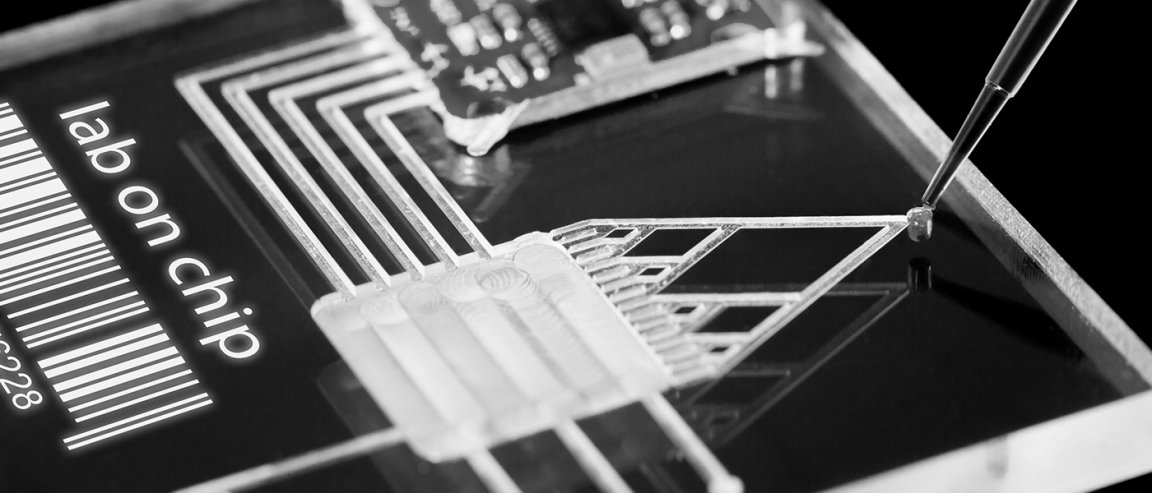
Cheap, Good, and Fast
What do you get when you combine an inkjet printer, 20 minutes, a penny, and a drive to fight global health inequality?
Medical diagnostics magic.
A team of Stanford engineers have developed an alternative diagnostic method that may be a potential solution to medical diagnostic inaccessibility in developing countries. Their research, published in the Proceedings of the National Academy of Sciences, overviews a tiny, reusable microchip capable of diagnosing multiple diseases. As mentioned, the tool, which they’ve dubbed FINP, is surprisingly affordable, with a production cost of just $.01, and it can be developed in 20 minutes.

The FINP chip features three layers. The reusable top layer can be printed onto the device through a standard ink-jet printer. The bottom layer is a disposable silicon chamber that holds biological fluids, while a thin barrier separates the electronics on the top from the chamber.
These diagnostic chips are created via a simple two-step process. First, the user designs whatever custom electronic configuration is needed for a particular diagnosis. Essentially, they’re designing a circuit that will isolate molecules with distinct properties, such as a particular shape, size, density, or electronic charge, when the chip’s electronic field is manipulated. Once they have their design they can print it onto a cheap plastic sheet and place it over the single-use chambers. In the future, designs for the top layer are most likely going to be downloadable, similar to how many 3D printing designs are available today.
Diagnostics for All?
During the study, the researchers conducted tests to see if the chip could be used to pull cancer cells from a fluid sample, and it could. They also compared the efficiency of their FINP chip against a $100,000 cytometry technique typically used to count immune cells, and both tools measured the cell count accurately.
The remarkable success of testing begs the question, “How can we get this chip around the world to help those in need?” The Stanford team is working to do just that, but acknowledges that it will take some time to ensure that the device meets all standards before moving toward commercialization.
“Any platform for diagnostics or other biomedical applications must go through several testing, validation and optimization paths before commercialization, and we’ll take and follow it very seriously,” study author Dr. Rahim Esfandyarpour tells Singularity Hub.
If they reach that point, they will have a device on their hands that could potentially cut costs down tremendously in diagnosing equipment while simultaneously preventing the spread of infection around the world. The team is optimistic that their device can make a difference, as they should be. A penny chip that can detect disease is one reminder that we are in the future.
